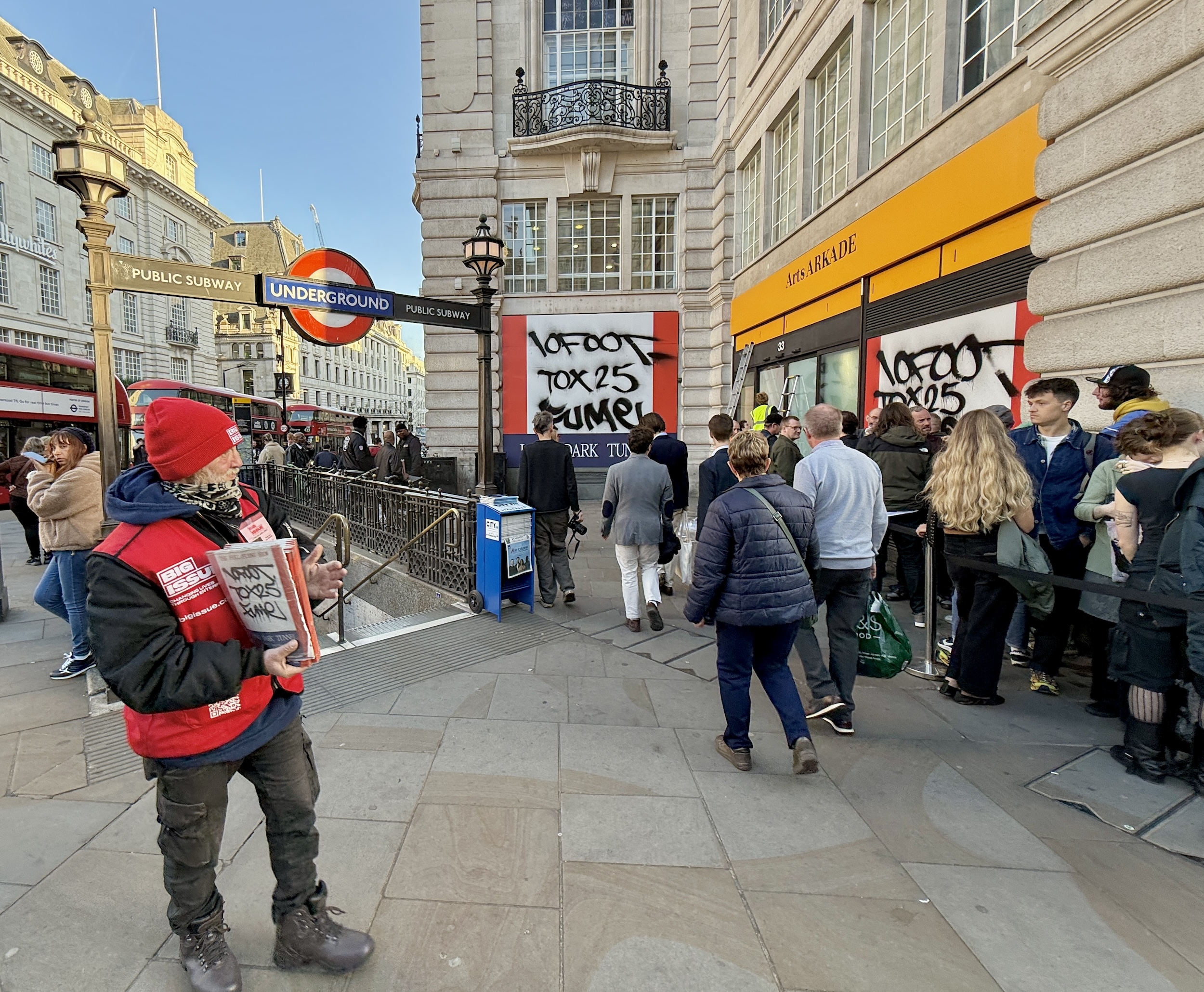So sad to read this thread. I was part of LUL's efforts to combat graffiti in the early 90s and it seems we've learned nothing. We engaged back then with our friends in New York where, in the 80's, graffiti was out of control and definitely impacted seriously on ridership as the local population perceived the network to be effectively lawless. The MTA took a hard line approach and refused to release "bombed" cars for service (denial of the oxygen of publicity) and slowly clawed back the network. Check out the book "Subway Art" which explains the psyche of the "artists" in great detail. But an effective response requires leadership and commitment, and right now that seems in short supply - I was saddened at the state of 09 stock on my last visit to the capital in November.
I think you make some excellent points, a sad state of affairs, indeed.
I haven't engaged on this forum for quite some while now, but I was searching the web for any reaction to the current state of the tube. I have to say that on my two recent visits to the UK (I live on the continent right now), I was quite taken aback by how run down the Bakerloo Line Stock in particular seemed and I was also struck by how much graffiti there appeared to be. Stations and platforms seemed more or less similar to a few years back, if perhaps a bit grimier than before. But the difference in the rolling stock was truly staggering. I hadn't travelled on the Bakerloo line (or Tube for that matter) for quite some years before then. In fact, it may have been as far back as 2019, but I certainly don't remember much in the way of grafitti back then. The Tube may never have been as pristinely clean and tidy as the Vienna or Oslo Metro, but I do remember trains being a lot cleaner and in better nick pre-Covid, particularly around 2012/2013. So things do appear to have got a lot worse in the past few years and, it would seem, increasingly so.
Having read through the replies on this thread (pages 1 through 9), I thus conclude the following:
- The Tube is generally in a worse state now than just 5-10 years ago (i.e. pre-Covid). Hard to say when it may have had its heyday in terms of state of repair & cleanliness, but perhaps somewhere around the early 2010s, would be my speculative guess.
- The Tube is still in no way as bad as it has been in the past, for instance in the late 80s, but it is seemingly getting progressively worse.
- The reasons for this gradual decline are somewhat complex, but appear to be a combination of:
- bad management - the available funding is not allocated as well as it could be and, despite budget constraints, there seems to be little attention given to prioritising cleanliness and proper maintenance, particularly combatting graffiti, over other matters. Various posters have pointed out that given various rolling stock is either in need of constant repair (1972 stock) or in the process of refurbishment (1992 stock), this may warrant prioritising service levels over combatting grafitti, from the perspective of the operator. I wholeheartedly disagree, however. I believe that it is precisely this permissive attitude, a definitive slip in standards, that is, in addition to foolish social media trends, driving and further enabling vandalism to spread like wildfire. I don't think this is a matter of politics either. It is simply a case of observing what works and what doesn't and as had been pointed out, proper and decisive action is the only way forward. Moreover, failure to do so can have serious negative impacts on ridership, as the public, rightly or wrongly, may start to perceive the Tube to be increasingly a place of lawlessness, much like they did in the 80s.
- lack of funding - fundamentally driven by succesive governments' ideological fixation on keeping subsidy low - but further exacerbated by disastrous changes to the funding model brought about by the previous conservative government, combined with the loss of most operating income for a prolonged period of time during the pandemic, without proper - functional - compensation by central government, have no doubt crippled Tfl's ability to make urgent long-term investments in proper maintenance and day-to-day operations.
- bad governance structure and decisions - "managed decline" - particularly a string of flawed PPP projects that extracted profits from a supposedly publicly run system but culminated in worse overall service and particularly maintenance, including many bad decisions, seemingly insignificant at the time but whose negative knock-on effects would first rear their ugly head years down the line - that time unfortunately being now.
Fixing this whole mess seems far from straight forward, but I suspect a combination of thoroughly shaking down the management tree, coupled with a boost in funding could work wonders. More importantly though, the public, that being Londoners and visitors to the capital alike, need to make their dissatisfaction known and demand the government and Tfl take action.

